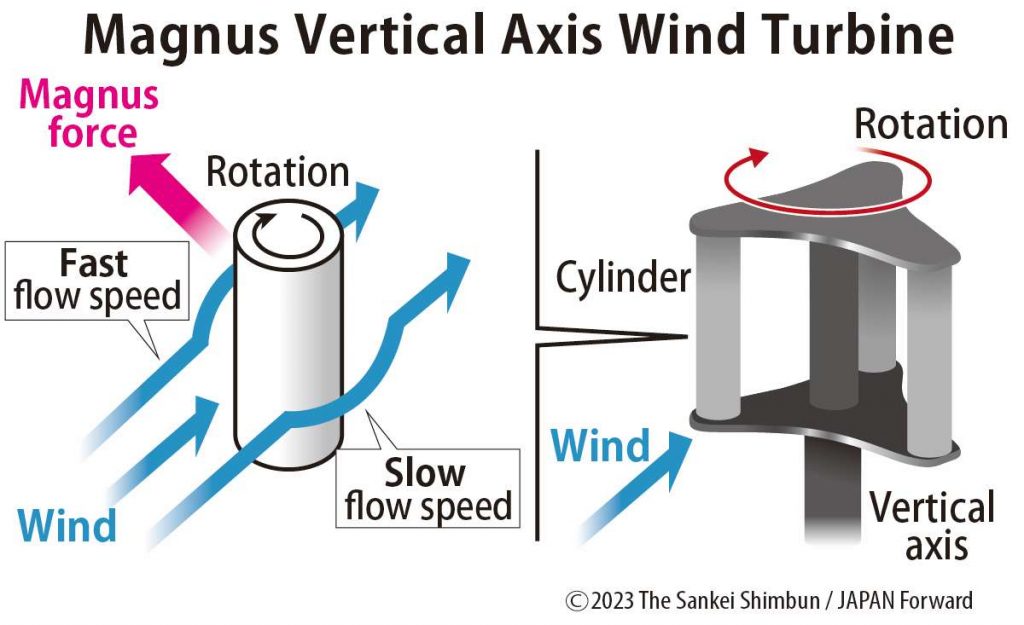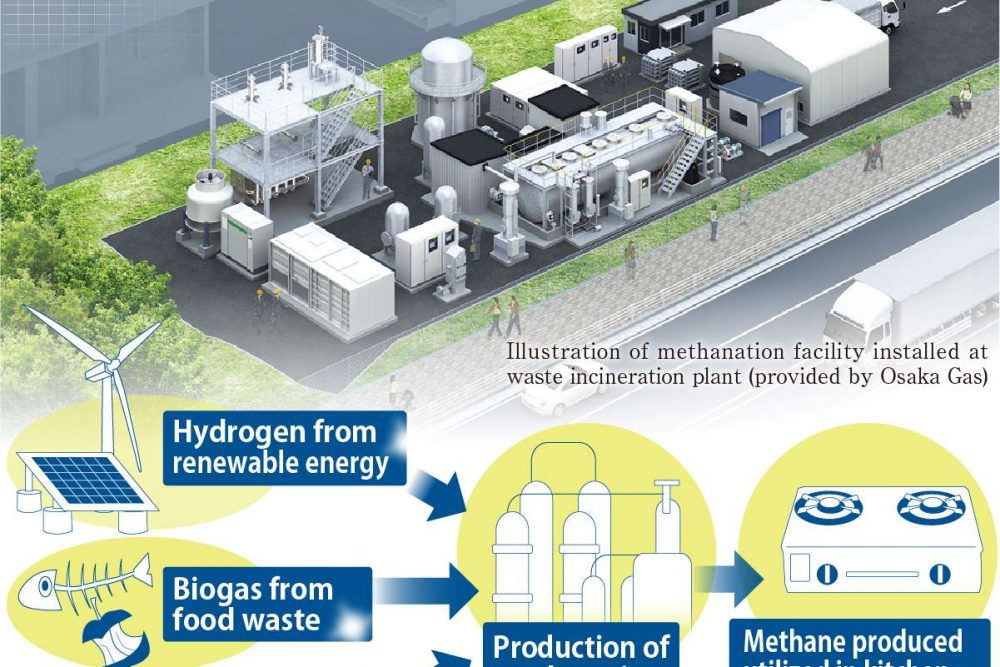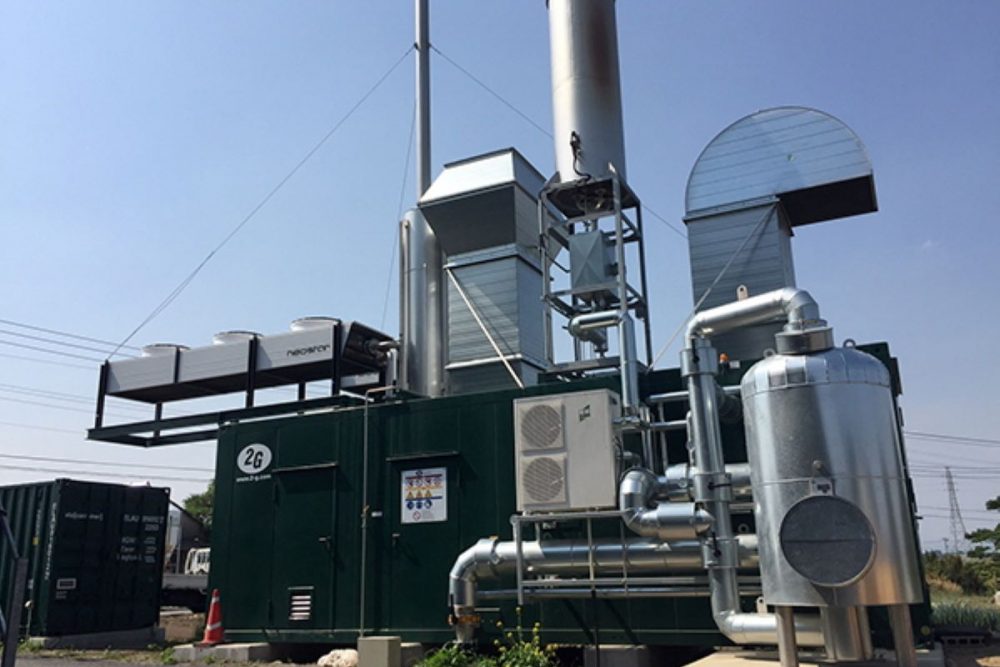Typhoon-Proof Wind Power Supports Access to Energy in Developing Countries
Challenergy's bladeless wind power technology has advantages over conventional turbines, including operating even in typhoons, making it ideal for islands.

このページを 日本語 で読む
A Japanese start-up company is utilizing its original technology in wind power generation to address power shortages in developing countries. It developed wind turbines that can stably generate electricity even in strong winds. Demonstration projects are underway in island countries that often fall in the path of typhoons.
A turbine has already been installed in the Philippines, and studies are being conducted in Madagascar in Africa. The company hopes to contribute to the stable supply of electricity on remote islands in countries around the world, where the rate of electrification remains low.
Wind Power without Propellers
The company is Challenergy, founded in 2014 and based in Sumida Ward, Tokyo. It is an R&D-oriented start-up specializing in wind power, a renewable energy.
Generally, wind power is generated by rotating turbines with large blades. But the turbines that Challenergy has developed do not have blades. Instead, they are a type of turbine called the Magnus Vertical Axis Wind Turbine (Magnus VAWT). These turbines generate electricity based on the rotation of vertically extending cylinders.
The Magnus VAWT uses the same principle as a curve ball thrown by pitchers in baseball. A spinning ball will have faster air flow on the side where rotation is the same direction as the wind, and slower air flow on the opposite side.

This difference in air flow generates a "Magnus force" in a vertical direction, bending the trajectory of the ball. In the same manner, the rotation of multiple cylinders on the turbine, with Magnus force generated for each of them, rotates the wind turbine itself.
Energy Access, Even in Typhoons
In conventional wind power, stronger winds mean more power is generated. But winds that are too strong can damage the turbines or lead to loss of control. That is why propeller-type wind turbines are designed to stop when wind speeds exceed 25 meters per second, such as in typhoons.
In contrast, rotation of the cylinders in Challenergy’s turbine is controlled by a motor. They rotate at a constant speed regardless of the intensity of the wind. As a result, electricity can be generated even in winds as strong as 40 meters per second.
The company is working to break into the market in island countries often in the path of typhoons. Following operation of a technology demonstration unit on the island of Ishigaki in Okinawa in August 2018, the company received a grant from Japan's Ministry of the Environment. It used the funds to install a 10-kilowatt wind turbine generator on Batan Island in the Philippines in August 2021, its first installation overseas.
Supporting Electrification in Africa
Based on results in the Philippines, the company has now set its sights on Madagascar, where tropical cyclones in the Indian Ocean generate strong winds.
Utilizing a project supported by the Japan International Cooperation Agency (JICA), a feasibility study was conducted from October 2021 to November 2022 in Antsiranana in northern Madagascar.
Madagascar has one of the lowest electrification rates in Africa at 25%. In the area the company conducted a feasibility study, the rate is only about 9%. The study showed that wind conditions are good throughout the year. The problem, however, was road conditions. The company determined that transporting a 20-meter long 10-kilowatt turbine to the area would be impossible. Based on these findings, Challenergy decided to proceed with the development of a smaller "micro wind turbine."
The company is also considering local production of the micro wind turbines in Madagascar. This would reduce transportation costs from Japan and, as Director Yoshinobu Osaka says, "contribute to localized human resources development." There have been calls for local production in the Philippines as well, and the company plans to start deliberations this year.
In addition to their ability to generate electricity even in strong winds, Magnus wind turbines also have other advantages over conventional turbines with blades. They rotate at a low speed, which reduces noise from wind passing through them. Moreover, they are less likely to cause harm or the death of birds due to collision with the turbines. These features are expected to serve as advantages in urban areas as well. The company is eyeing the development of markets outside of developing countries as well.
このページを 日本語 で読む











